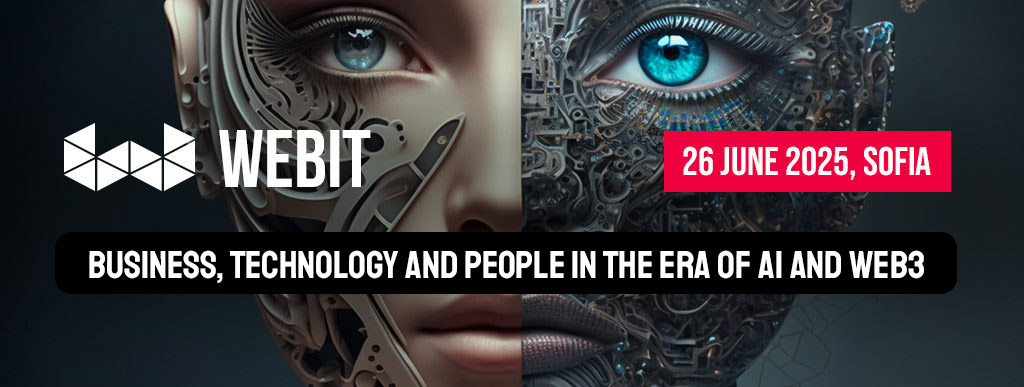The convergence of artificial intelligence (AI) and Web3 technologies is redefining how we experience daily life, particularly in how we shop, own, and interact with products. From AI-powered virtual try-ons to NFT-based authentication for luxury goods, a new digital era is emerging—one that’s immersive, secure, and deeply personal.
AI-Powered Shopping Experiences: The Rise of Virtual Try-Ons
AI is reshaping the retail experience by making shopping more interactive, personalized, and efficient. Virtual try-on technologies use computer vision, 3D modeling, and machine learning to simulate how products look and fit in real time—without ever stepping into a store.
Key Innovations in AI Try-Ons:
- Real-Time Virtual Fitting: Using smartphone cameras or AR glasses, users can try on clothes, shoes, and accessories digitally, with precise body tracking and realistic rendering.
- Hyper-Personalized Styling: AI systems analyze body shape, preferences, and shopping history to recommend outfit combinations and tailor-fit suggestions.
- Reduced Returns & Waste: By enabling consumers to see how products truly look on them, brands can significantly cut return rates and minimize overproduction.
These AI-driven experiences not only streamline e-commerce but also create deeper engagement by transforming passive browsing into active exploration.
NFTs as Proof of Ownership for Luxury Goods
Web3 technology—particularly non-fungible tokens (NFTs)—adds a powerful new layer to digital commerce: verifiable, immutable ownership. For luxury brands and consumers, NFTs offer an elegant solution to the problems of counterfeiting, provenance, and resale transparency.
How NFT Ownership Works in Retail:
- Digital Twins of Physical Products: Each high-end item (e.g., watches, handbags, sneakers) is paired with a unique NFT that serves as a tamper-proof certificate of authenticity.
- Provenance Tracking: Ownership history, manufacturing details, and limited-edition status are recorded permanently on the blockchain.
- Enhanced Resale Value: With verified digital provenance, secondhand luxury markets become safer and more valuable for buyers and sellers alike.
In essence, NFTs ensure that luxury ownership is both exclusive and transparent, whether in the real world or across virtual environments.
The Synergy of AI & Web3: A New Consumer Paradigm
Together, AI and Web3 are creating a paradigm shift in retail:
- AI curates the experience, understanding user preferences and providing intelligent, immersive shopping journeys.
- Web3 secures the transaction, turning each purchase into a verifiable, transferable digital asset.
This fusion gives consumers not only convenience and confidence but also a new sense of digital identity and status. Your virtual wardrobe may soon carry the same value and clout as your physical one—with proof of ownership to match.
Looking Ahead
As these technologies continue to evolve, the future of shopping will be defined not by physical storefronts but by smart, secure, and personalized ecosystems. AI will be your stylist, Web3 your ledger, and your digital self just as real—and stylish—as your physical one.
Conclusion
The intersection of AI and Web3 is transforming commerce into a multi-dimensional experience. Virtual try-ons enhance personalization, while NFTs bring trust and transparency to product ownership. As these tools become mainstream, they will not only redefine how we shop but also how we express identity, value, and authenticity in a rapidly digitizing world.
Join the discussion and learn from global leaders in the industry on the 26th of June in Sofia. Webit: Business, Technology and People in the era of AI and Web3 is an exciting opportunity for industry leaders and experts to come together to discuss the latest trends and developments in the field of the Web3 & AI in Everyday Life.
Check our ticket options here:
Business, Technology and People in the era of AI and Web3

